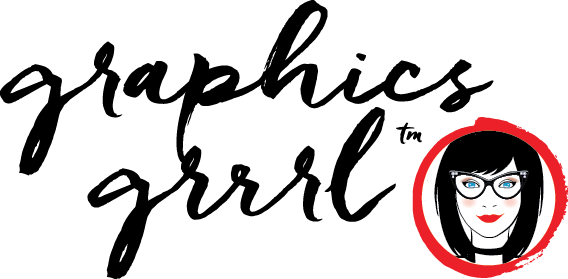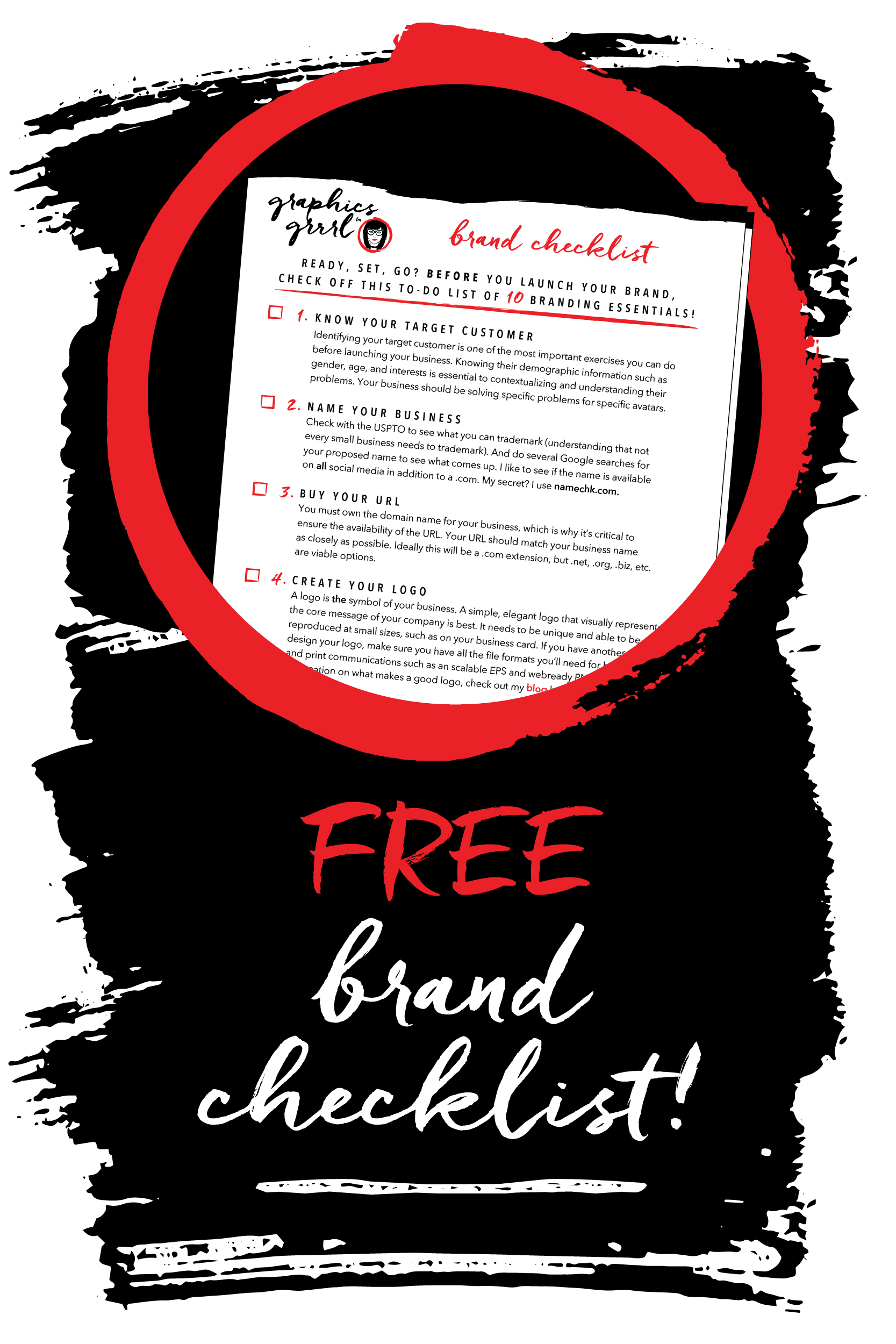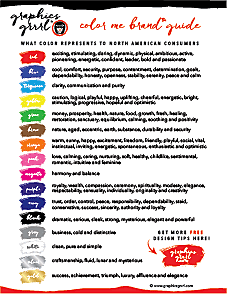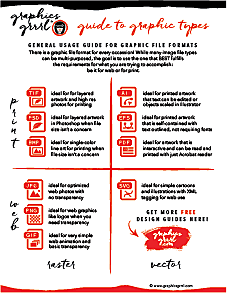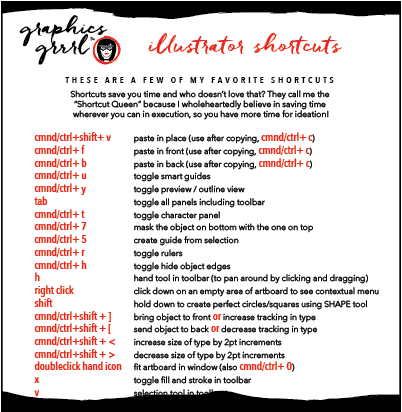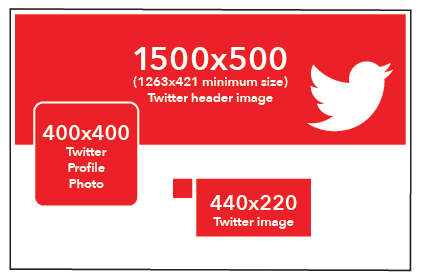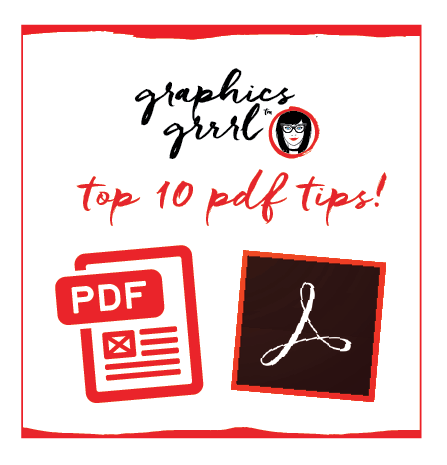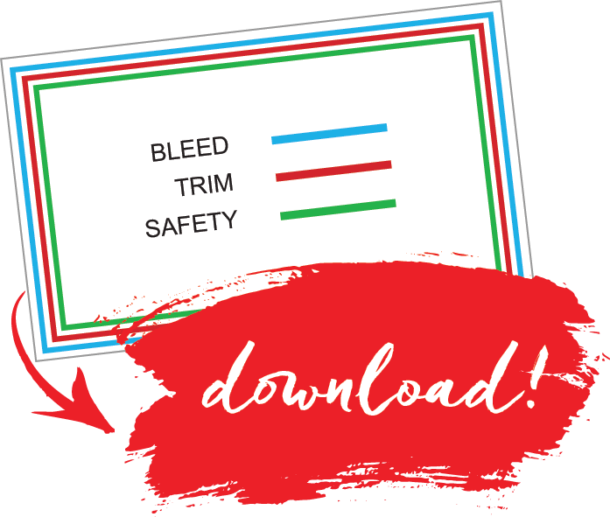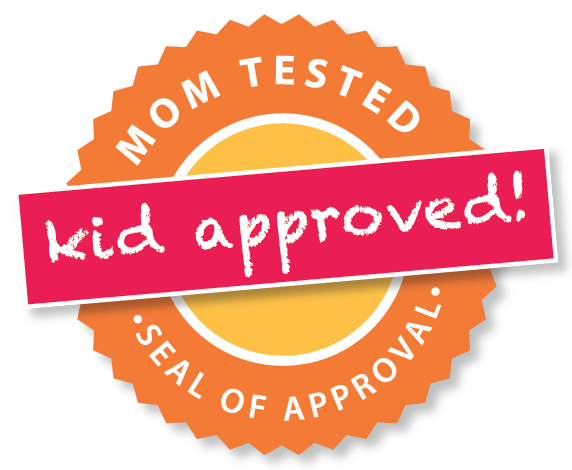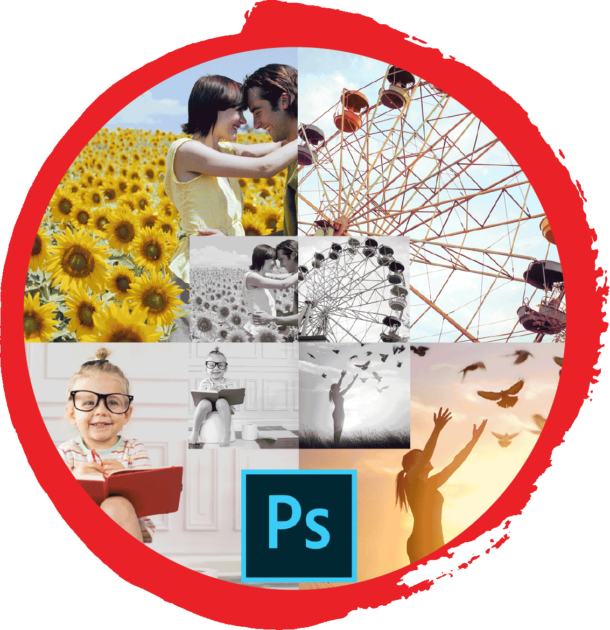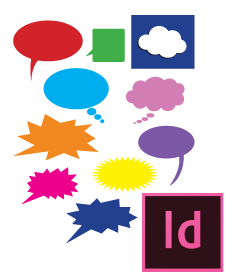brandmark

A brandmark is a bold, simple symbol or icon that represent a business.
Like a “railroad crossing” sign, an icon can express an idea more effectively, because without any text, it identifies the brand.
Since icons or symbols are universal, there is no language barrier! This makes them very useful for global companies, since consumers in other countries can associate the icon with the brand. They’re also very easy to remember: the Nike swoosh or the Target bullseye are simple symbols that are easy to remember. Lastly, because brandmarks are simple and compact, they downsize well.
However, brandmarks can be risky: using solely a symbol or icon to represent your brand may take some time to develop recognition. For this reason, they are usually used as a secondary or alternative logo for well-known or established brands. They might not be the best choice for a new startup or a smaller company that’s trying to get people more familiar with their brand.
But they can add more versatility and easier recognition factor to communicate your brand’s core values, beliefs and functions symbolically, be they concrete or abstract.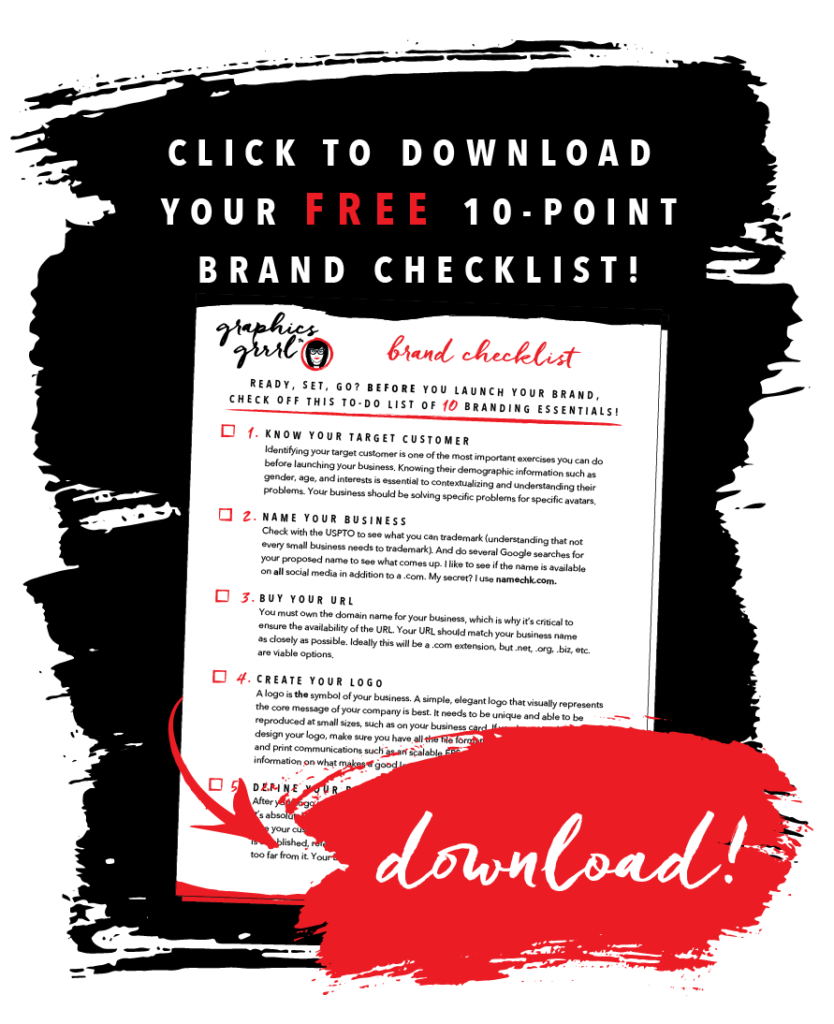
combination mark

A combination mark is a logo that incorporates a wordmark with a brandmark or a wordmark with a lettermark.
My graphics grrrl logo is an example of a combination mark: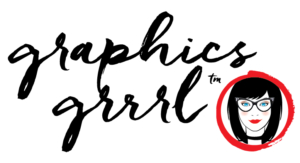
I’m in good company, as 56% of the top brands’ logos incorporate both text and a symbol! They are popular because, really, they are the best of both worlds: they spell out the name of a company while associating it with a visual icon and can be broken apart and used separately on their own.
From a legal perspective, combination marks are also easier to trademark because the combination of symbol and text helps make it distinctive from other logos.
Because of this and the versatility they afford, in my opinion combination marks make the best logo type for most brands.
emblem

An emblem is a logo that includes the company name inside a symbol or icon to resemble a badge or seal.
Because of this, they are often used in government and political organizations, but they’re also used in sports logos and private companies. Some examples: Ford, Starbucks Coffee and Harley Davidson.
Emblems can be a little tricky and inflexible, because unlike combination marks, the text and symbol are one, making it more difficult to print at small sizes like on business cards.
For that reason, emblems are the least used types of logos. But if you have a need for a compact logo that houses both your symbol and company name together in a tight space, emblems fit the bill like no other!
By understanding the unique benefits of all 5 types of logos, hopefully you’ll be able to pick the form that best works for your or your client’s business.
Is there one logo type that you prefer the most? What trends have you noticed in the logo styles recently? Can you think of any other good examples? Feel free to comment below!

